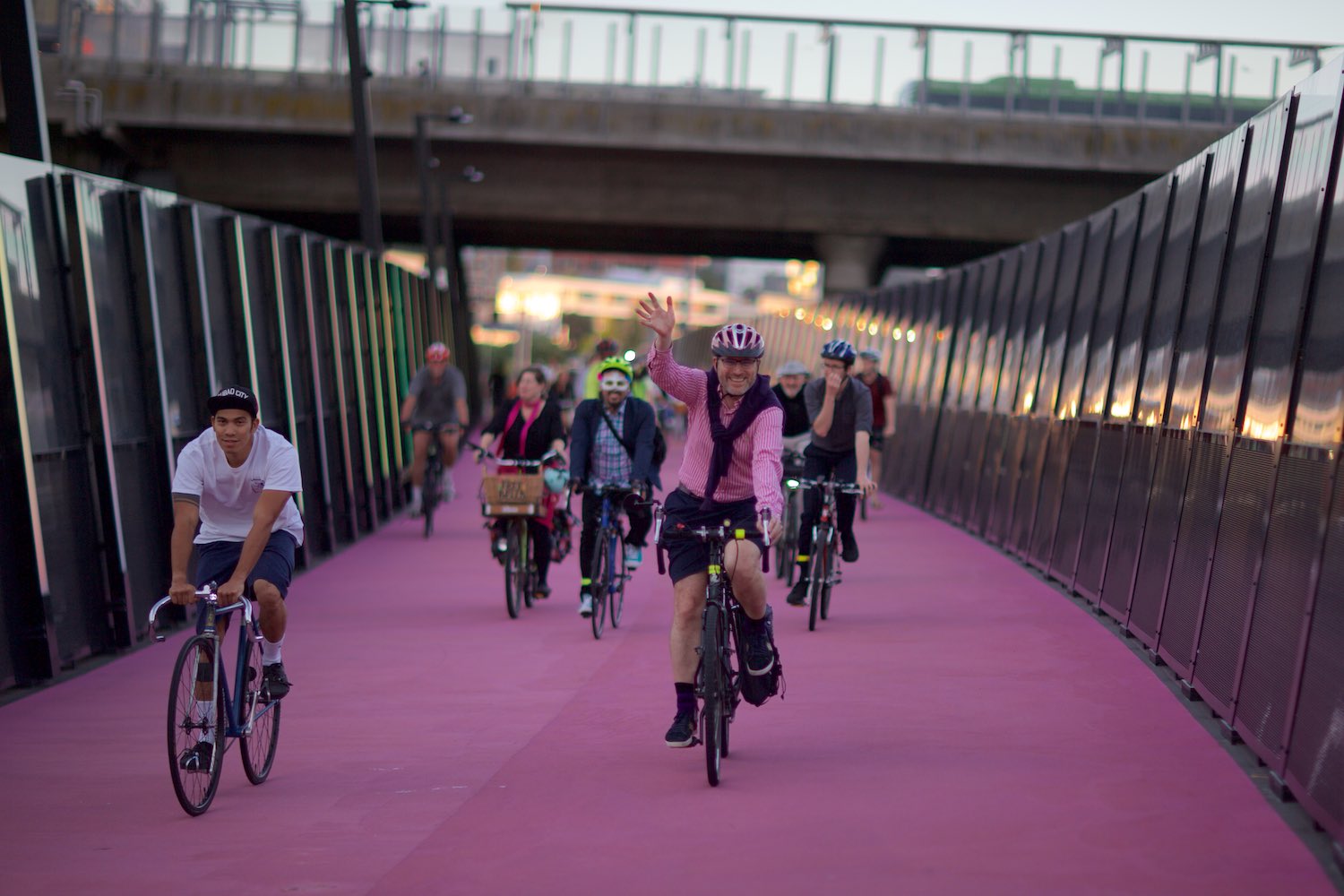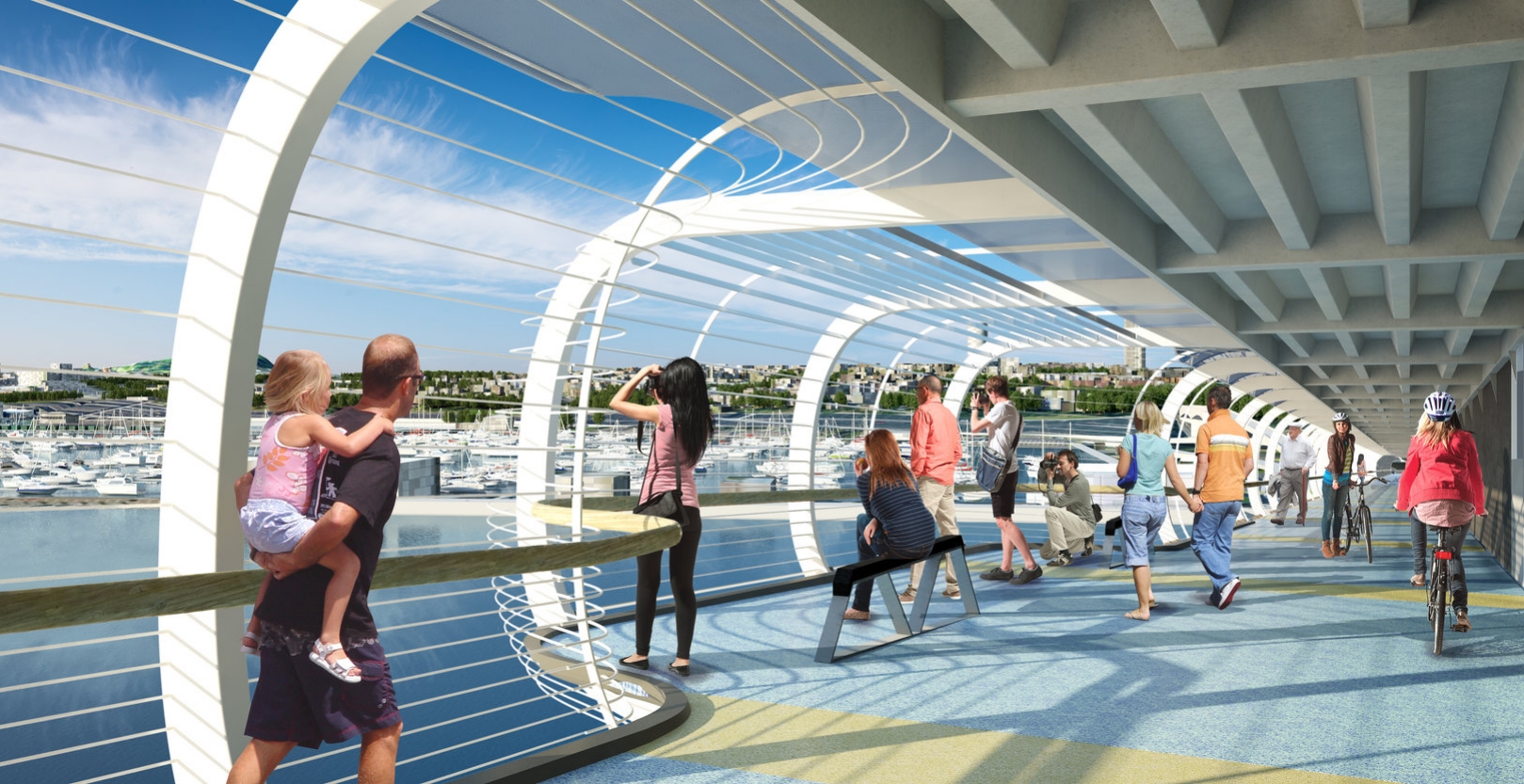A city can simply happen, its location and form shaped by millions of people choosing where to live and what to build. This is a classic example of emergence or complex phenomena arising from simple ingredients, one of the key ideas science uses to make sense of the world.
Of course, cities don't just happen; they reflect decisions made by a society or, more accurately, by those with power within a society. Where will the roads go? What are the planning rules and regulations? What activities and assets will be taxed? What do the laws say? Where are the schools and hospitals?
Ironically these decisions bring their own, additional layer of emergence. No-one decides that traffic jams make for a better city but the roads in many cities are clogged morning and evening, a consequence of policy choices which see private cars as the primary means of transportation. To my physicist's eyes, efficient transport is a matter of density and energy: cars take up more space per passenger than bikes, buses and trains, so building infrastructure to properly support cars is expensive* and moving people inside cars costs more energy than the alternatives.
Unpicking the unintended consequences of design decisions is hard; new resources must be threaded through a complex environment. To its credit, Auckland is solving this problem with trains, buses and bicycles, although "mode share" for bikes is still a small slice of the transport pie. However, cycling is perhaps the most energy efficient transport option known to human beings, better even than walking** and usage of the Northwestern bike path and my regular commute is growing at an annual rate of20%. This may even pick up a notch in the coming year, as the Northwestern is connected to the new Waterview Shared Path which opened in the last few days. I went for a ride along the new tracks today and was stunned at how well this set of cycling arteries has been stitched into the suburbs of Waterview and Mount Albert.
Te Whitinga Bridge across SH 20; south of the Waterview Tunnel.
Unlike almost any other form of transport, regular cycling leaves you fitter and healthier than sitting in a car, a bus, or a train. Not only that, Auckland's best cycle paths run through parks and incorporate a series of stunning bridges, so you are likely to arrive at work with a smile on your face.
Even though you are rolling through parkland and alongside a stream for much of your journey the regular city environment reappears here and there; train tracks, shops and streets, just to remind you what you are missing.
And the designers seem to have a sense of humour – an older ramp on the Northwestern near the junction with the newly-built path has received an upgrade of its own.
Ironically, the new Waterview paths were built alongside a massive highway project, which completed a central loop in Auckland's motorway system.
Last of the roadwork at the Waterview interchange?
And, as a closing thought, Auckland's cycleways and motorways have a more synergetic existence that you might expect. The central city boasts the now-iconic "Pink Path" (Light Path / Te Ara I Whiti to its designers) which was built on a disused motorway off-ramp and in the coming years "Skypath" will hopefully add walking and cycling options to the eight lanes of traffic on our Harbour Bridge. Personally, I can't wait.
CODA: In fact, it is no coincidence that the Waterview path was built alongside the massive motorway project. Community and bike advocates campaigned for it, both to mitigate the impact of the motorway construction and to deliver more comprehensive transport connectivity, which was the overall goal of the project.
* Ironically, building better roads to beat traffic jams tends to increase the amount of driving people want to do, making the traffic jams come back – what planners called induced demand.
** Including the embodied energy used to make the cars and bicycles as well as the energy costs of making both food and fuel complicates this simple picture. But for many short journeys cycling is a time and energy efficient way to get around.
IMAGES: All by me except the Lightpath picture (BikeAuckland) and the Skypath mock-ups (Reset Urban Design)













